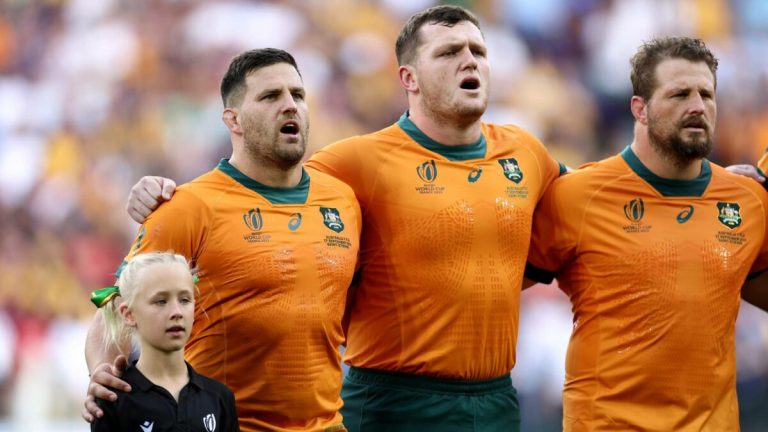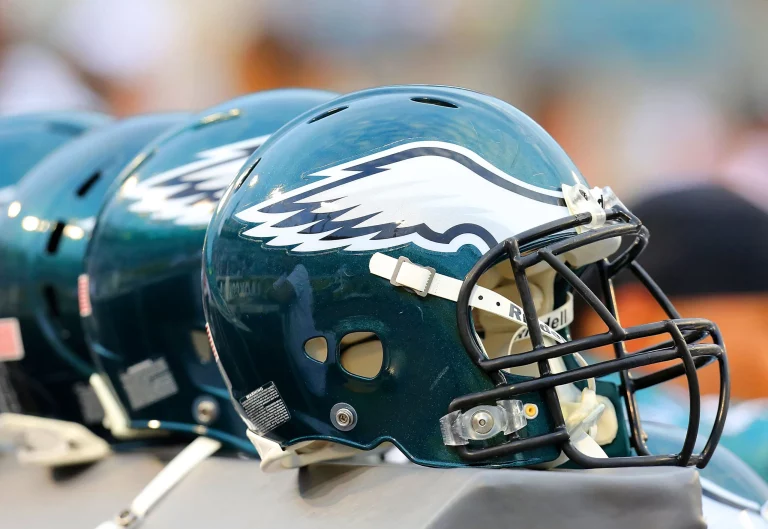In a roundabout way, both teams have done exactly what’s been required of them through the first four games of the NBA Finals.
Each squad has taken a game in convincing fashion, and after the Oklahoma City Thunder‘s 111-104 Game 4 win over the Indiana Pacers on Friday, each has snatched a victory from the jaws of defeat.
Because of the unwavering resilience of both teams, we find ourselves at a stalemate halfway through the best-of-seven matchup. Neither team has lost two games in a row throughout the post-season, with OKC now 6-0 following a loss thanks to its Game 4 win.
But unlike the Thunder’s usually dominant responses — winning by an average of 19.6 points following their five previous losses — Friday night’s victory was a true test of will. By any metric, whether box-score watching or using the eye test, conventional wisdom was left puzzled after OKC walked away with a win.
The Pacers were the aggressors for much of the ballgame, out-Thundering the Thunder with overwhelming defensive pressure. OKC has been a top-five halfcourt offence throughout the post-season, but was at Indiana’s mercy for much of the game, constantly trading open threes for tough twos, finishing a woeful 3-of-16 from distance and with just 10 assists on its 37 made field goals.
Which is why, even when Shai Gilgeous-Alexander hit a right-wing triple at the 2:58 mark of the fourth to give the Thunder their first lead in the second half, it felt like the game was positioned perfectly for the Pacers to close out. Indiana entered Friday with a 9-1 record in the clutch compared to Oklahoma City’s 5-4 showing to that point, after all.
However, for all of OKC’s statistical shortcomings in Game 4 or throughout the series, the only numbers they cared about on Friday were 3-1.
Because even the 68-win, numbers-defying juggernaut would struggle to face the insurmountable odds had they needed to go undefeated the rest of the series. NBA teams trailing 3-1 have gone 13-285 all-time, with only the 2016 Cleveland Cavaliers making that kind of comeback in the Finals.
So with an overwhelming sense of desperation, the Thunder found their clutch gene and fittingly, it was sparked by their defence — holding a Pacers offence that carved them for 21 assists on 34 field goals, to just one made basket in the final five minutes.
The Thunder rattled off a 12-1 run to close the game — led by Gilgeous-Alexander, who scored 15 of OKC’s final 16 points — and proved that the Pacers aren’t the only ones capable of defying the odds.
The Thunder’s late-game heroics give them home-court advantage heading into Game 5 on Monday. Meanwhile, the team to win Game 4 has captured the title in 15 of the last 19 seasons.
Gilgeous-Alexander survives Nembhell
It was never going to be brotherly love between the fellow Canadians, but with the way Andrew Nembhard has hounded Gilgeous-Alexander through the NBA Finals, you’d think they were bitter rivals and not national-level teammates.
For 36 minutes on Friday, Nembhard had made it a long night for the league MVP yet again. Gilgeous-Alexander had 20 points entering the final frame, sure, but he hadn’t recorded a single assist to that point and was a minus-16. The sheer amount of effort SGA needed to make 9-of-18 shots left him as a turnstile on the defensive end.
But then the fourth quarter happened.
The Hamilton, Ont. native demonstrated what it truly means to be a superstar in the NBA. Despite missing five consecutive shots between the end of the third and start of the fourth, he delivered when the stakes were highest.
OKC won his 11 closing minutes by 16 points as he made his shots, surgically got his way to the free-throw line, where he went a perfect 8-for-8, and even chipped in on a couple key defensive stops.
And while the Thunder got multiple positive contributions — like Jalen Williams’ 27 points, Chet Holmgren‘s 14-point, 15-rebound double-double, and Alex Caruso’s 20 points on 7-of-9 shooting off the bench — the 10-point rally simply would not have happened without SGA’s brilliance.
Like the Thunder as a whole, Gilgeous-Alexander understands what it means to respond in the face of adversity. He’s now averaging 33.8 points during the playoffs following a loss.
Daigneault goes back to double-big
There’s been plenty of noise made about the Pacers’ coaching advantage in this series. And while Rick Carlisle deserves all the credit that’s come his way, Mark Daigneault has proven he’s no slouch.
After straying away from the front-court pairing of Holmgren and Isaiah Hartenstein for the first three games of the Finals in hopes of matching Indiana’s pace better, OKC’s bench boss made his first starting-lineup change of the series before tip-off on Friday.
He went back to the reliable front-court pairing of Holmgren and Hartenstein that were 12-4 (now 13-4) in the playoffs when starting together.
And while the change-up wasn’t a resounding success, especially early, it allowed the Thunder to accomplish what they wanted. Not only did the duo help OKC finish plus-10 on the glass, combining for seven of the Thunder’s 12 offensive rebounds (plus-five), to create a 23-13 edge for second-chance points, they helped swing the paint touch battle that’s proven indicative of success during the Finals.
After the Pacers finished with 50 paint points in Game 3, the Thunder flipped the script on Friday, finishing with a 50-34 edge in that regard.
Now the question becomes what Carlisle might have up his sleeve for Game 5.






